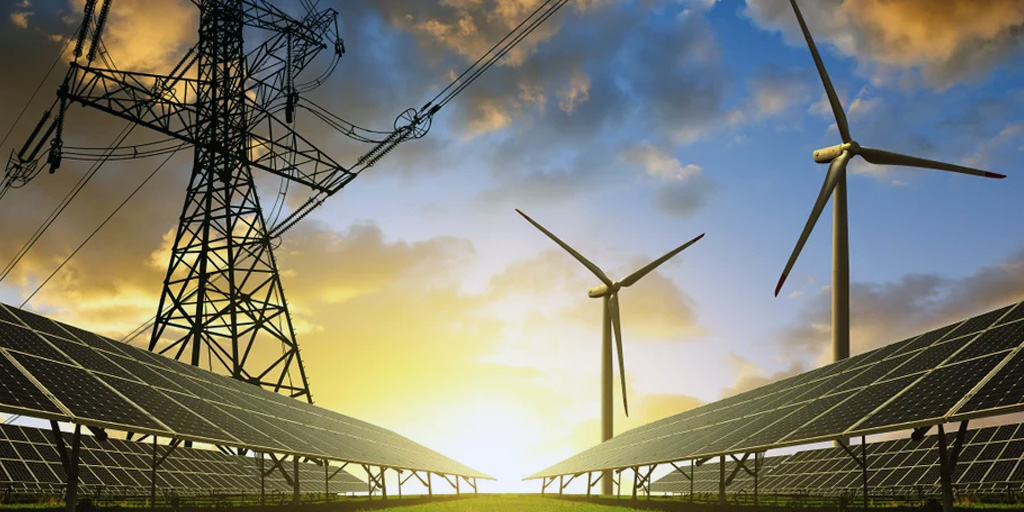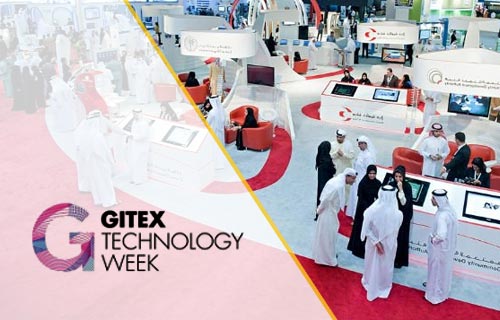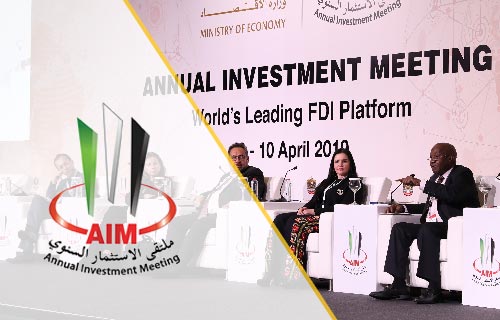
CABLE POOLING
As a company engaged in energy transformation, we utilize cable pooling to optimize energy infrastructure and promote sustainable development.
Our Offer Includes:
- Optimization of Cable Infrastructure: We conduct audits of existing cable infrastructure at various locations to identify areas where cable pooling can be applied. Then, we propose solutions aimed at consolidating or improving existing cable routes to enhance their efficiency and reduce operational costs.
- Integration of Renewable Energy Sources: We assist our clients in integrating new renewable energy sources, such as photovoltaic panels, wind farms, or hydroelectric power plants, using cable pooling. We design solutions that allow these sources to be connected to the existing cable infrastructure efficiently and safely.
- Advisory Services in Energy Infrastructure Management: We provide advisory services to our clients on optimizing and managing cable infrastructure. We help identify the best cable pooling practices according to specific needs and support planning and implementing energy infrastructure modernization projects.
- Education and Training: We organize training sessions and workshops for clients on the benefits and best practices related to cable pooling. We help clients understand the opportunities this method offers and the economic, environmental, and operational benefits that result from its implementation.
- Monitoring and Maintenance: We offer monitoring and maintenance services for the modernized cable infrastructure. We provide clients with regular inspections and maintenance to maintain high performance and reliability of the system.
Through these actions, we can help clients efficiently utilize cable infrastructure, reducing operational costs, enhancing energy efficiency, and contributing to achieving sustainable development goals.
What is Cable Pooling?
Cable pooling is a mechanism that allows the use of the same grid connection point to connect more than one renewable energy installation (REI). In other words, it involves combining various REI generation sources, such as photovoltaic farms and wind farms, in one location, allowing for more efficient use of infrastructure and increased energy production efficiency.
For example, hybrid REI installations, combining a wind farm and a solar farm at one connection point, are a key goal of cable pooling, aiming to enhance the efficiency of existing connection infrastructure and promote sustainable energy production.
Cable pooling in Poland, introduced by the amendment to the Renewable Energy Sources Act in 2023, allows the combination of multiple renewable energy sources, such as wind and solar farms, into one grid connection point. This system aims to optimize the use of network capacity, allowing for more efficient use of infrastructure and potential reduction in investment costs for new installations.
In Poland, the term “cable pooling” can be applied in the context of energy infrastructure management, especially in the context of the energy transformation. Energy transformation is the process of changing the way energy is produced, distributed, and consumed, aiming to transition to more sustainable, environmentally friendly, and energy-efficient solutions.
As part of the energy transformation, various initiatives related to energy infrastructure management, including cable pooling practices, may emerge to optimize the use of existing energy cables and integrate new renewable energy sources into the existing network.
Cable pooling in Poland includes:
- Optimization of Cable Infrastructure: Through the consolidation of energy cables into one route or using existing routes to reduce infrastructure costs and minimize environmental impact.
- Integration of Renewable Energy Sources: Using cable pooling practices to integrate new renewable energy sources, such as wind farms or photovoltaic panels, into the existing energy network increases the share of renewable energy in total energy production.
- Improvement of Network Efficiency: Grouping energy cables helps optimize energy flow in the network, contributing to increased efficiency and flexibility.
In the context of energy transformation, cable pooling practices can be an important part of the strategy for modernizing energy infrastructure, which is necessary to achieve sustainable development goals and reduce greenhouse gas emissions. By optimizing and effectively managing cable infrastructure, Poland can accelerate the transformation of current solutions into a more sustainable and energy-efficient system.







